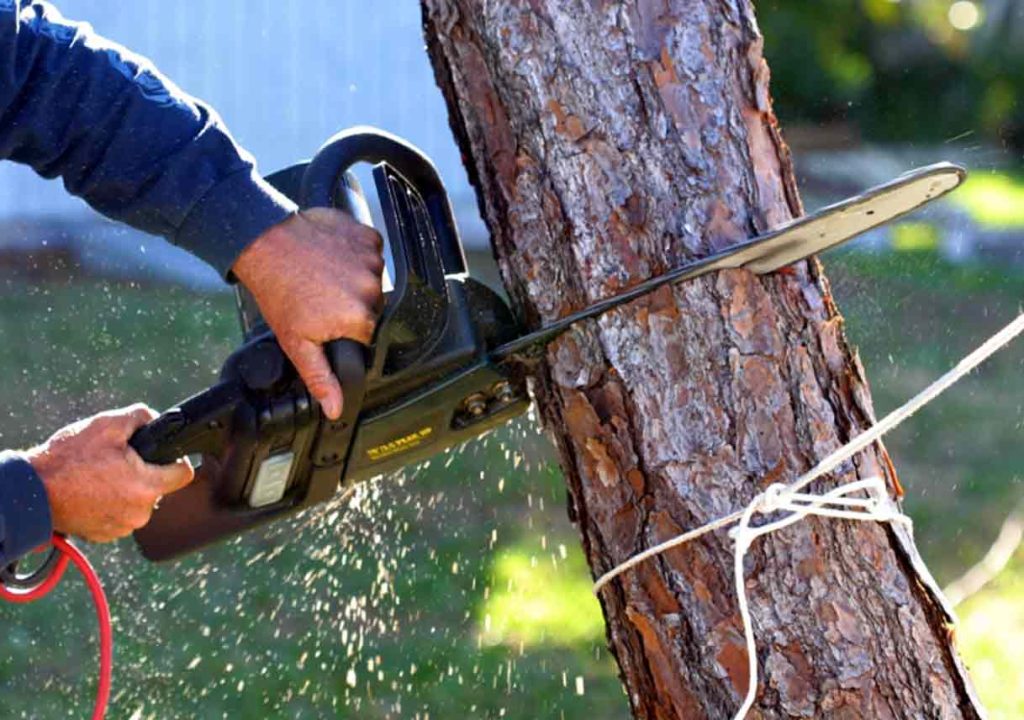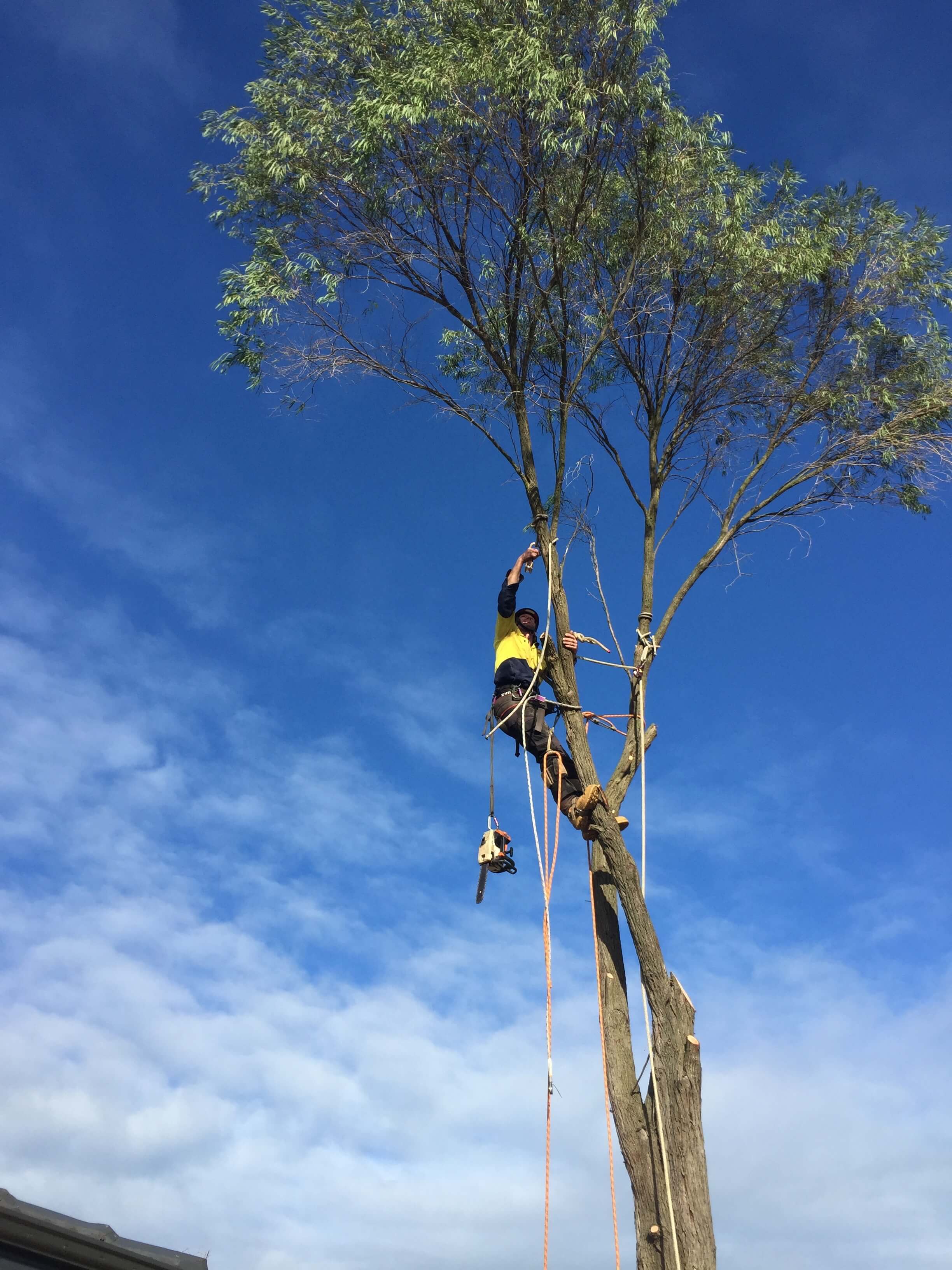All Categories
Featured
The removal of trees can produce open spaces that are vulnerable to weed intrusion. When trees exist, their thick covers typically shade the ground, limiting the amount of sunlight that gets to the soil. After the removal of trees, these open areas get increased sunshine, supplying excellent conditions for weed development.

They may advise the usage of compost, which acts as a safety obstacle on the dirt surface area, preventing weed seeds from germinating and subduing weed development.

The visibility of trees fosters a rich and varied area of soil microbes. Tree roots give a source of natural matter, exudates, and nutrients that support the development and activity of advantageous dirt microbes. However, when trees are gotten rid of, the lack of their roots can interfere with the fragile equilibrium of the dirt's microbial community.
What Is The Best Tree Loppers Wollongong Company Near Me
This adjustment in pH can affect vitamins and mineral schedule, microbial activity, and total soil health and wellness. To deal with the impacts of tree reducing on dirt pH, tree elimination specialists can offer useful advice. They may suggest dirt screening to assess the existing pH degrees and determine the needed adjustments. Based upon the results, specialists can suggest pH modification approaches, such as including lime to increase dirt pH or integrating essential sulfur to decrease it.

It describes the compression of dirt fragments, resulting in decreased pore space and increased dirt thickness. This compaction can negatively influence the soil's capability to work ideally, impacting its water-holding ability, nutrition availability, and root penetration. Proper methods used by tree removal experts can assist decrease compaction and protect the soil's ability to keep water, and enable for ample airflow and mindful devices handling.
Latest Posts
How Much Does It Cost To Hire A Arborist Wollongong?
How Do I Find A Wollongong Council Tree Removal Service?
Who Is The Best Tree Cutting Services Wollongong Company?